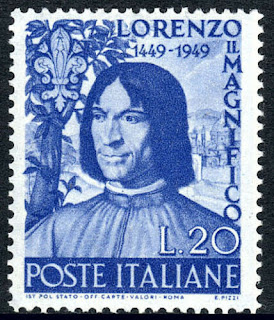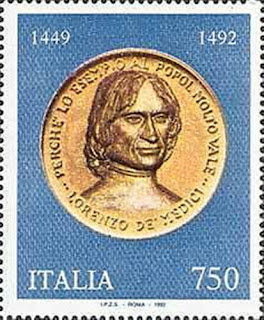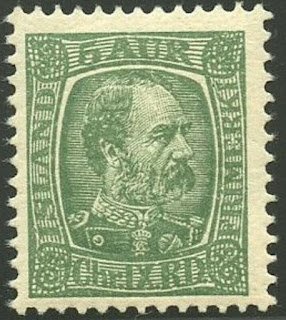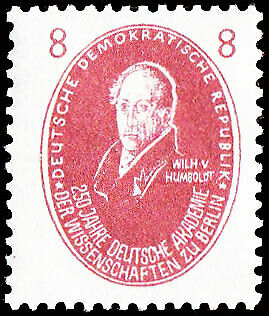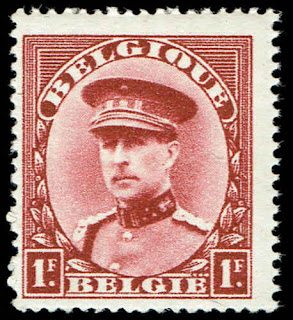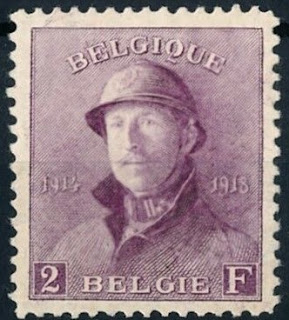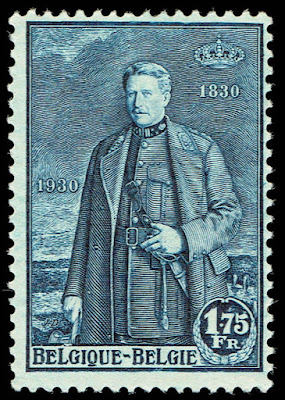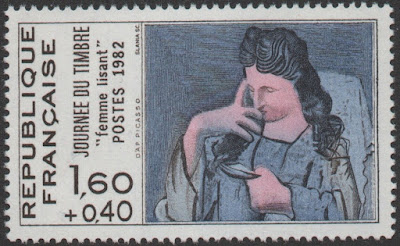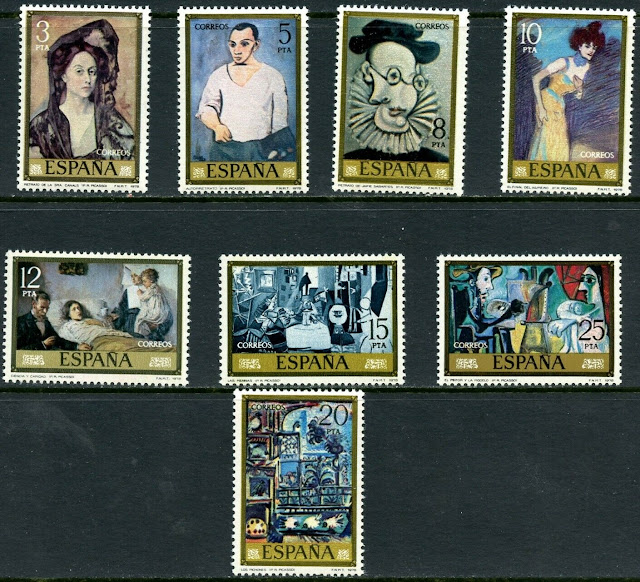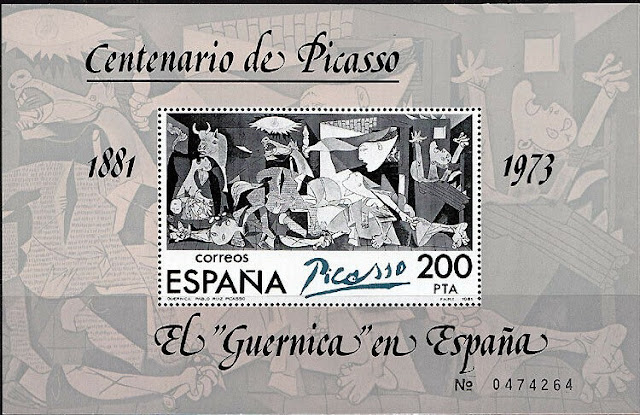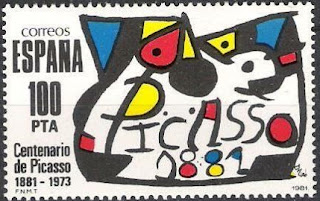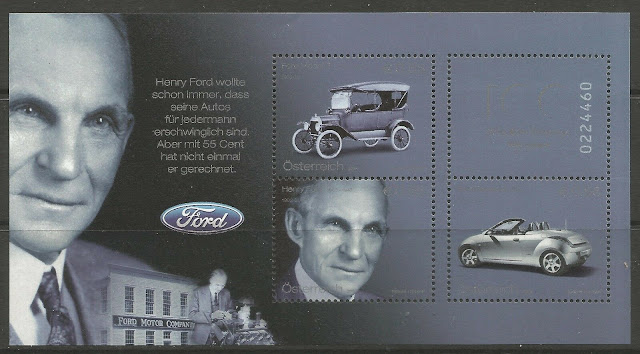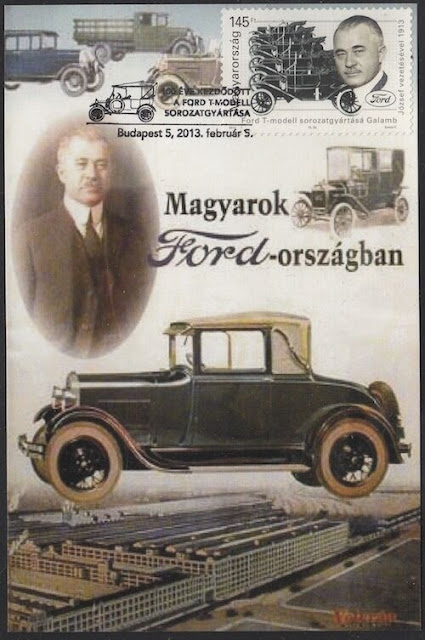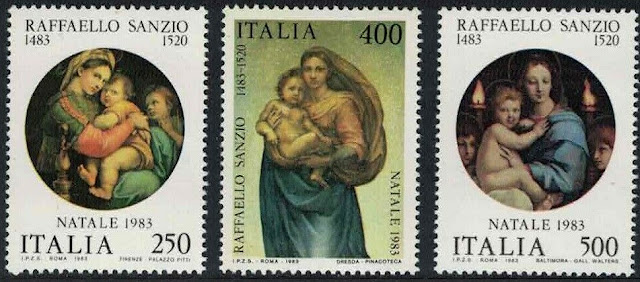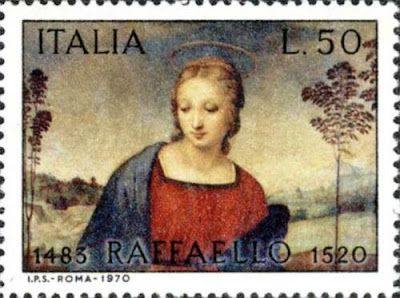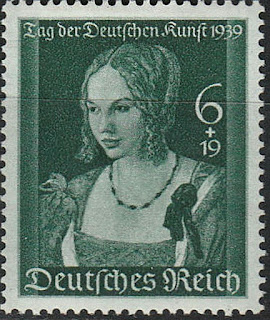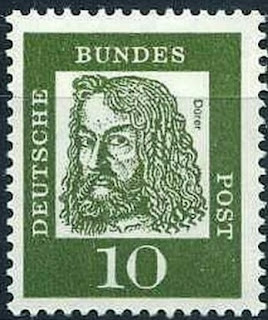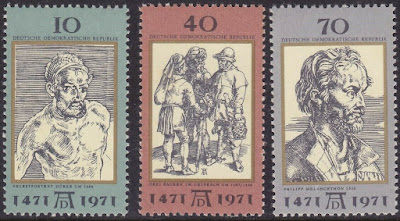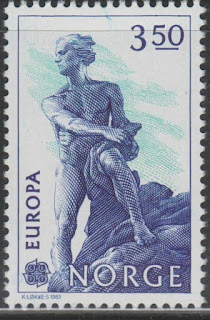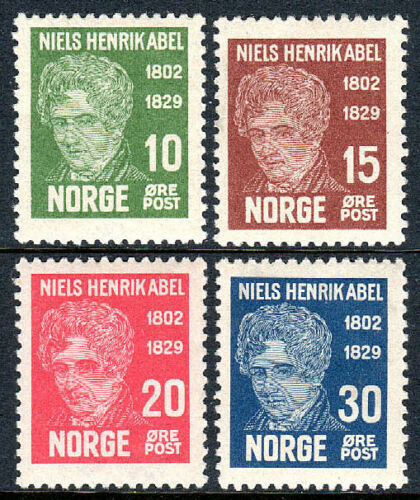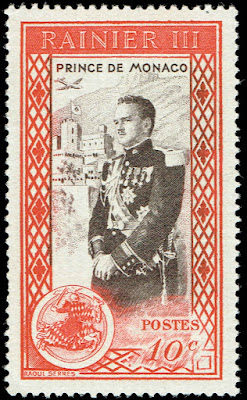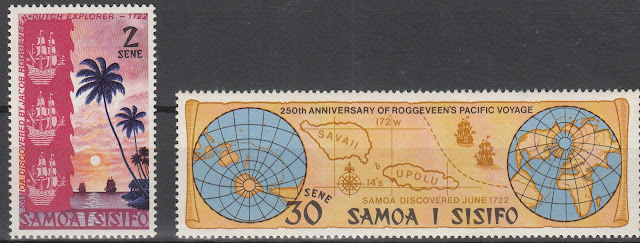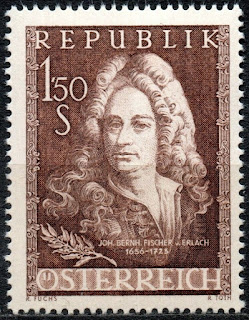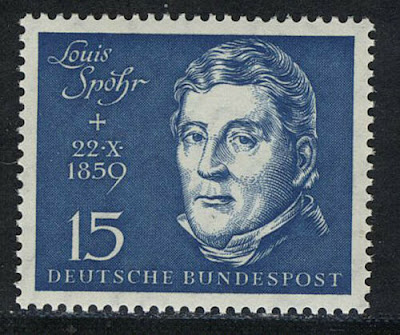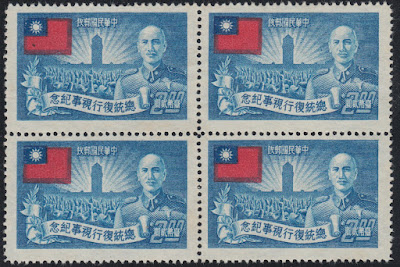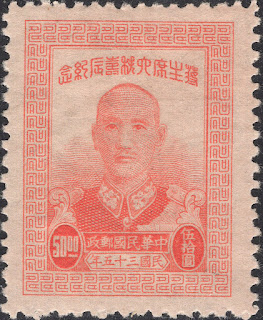Here are some events that happened on April 6th. It could be an event or a person that died or was born on that day
1483 Born: Raphael, Italian painter and architect (d. 1520)
Raffaello Sanzio da Urbino (March 28 or April 6, 1483 – April 6, 1520), known as Raphael, was an Italian painter and architect of the High Renaissance. His work is admired for its clarity of form, ease of composition, and visual achievement of the Neoplatonic ideal of human grandeur. Together with Michelangelo and Leonardo da Vinci, he forms the traditional trinity of great masters of that period.
Raphael was enormously productive, running an unusually large workshop and, despite his early death at 37, leaving a large body of work. Many of his works are found in the Vatican Palace, where the frescoed Raphael Rooms were the central, and the largest, work of his career. The best known work is The School of Athens in the Vatican Stanza della Segnatura. After his early years in Rome, much of his work was executed by his workshop from his drawings, with considerable loss of quality. He was extremely influential in his lifetime, though outside Rome his work was mostly known from his collaborative printmaking.
After his death, the influence of his great rival Michelangelo was more widespread until the 18th and 19th centuries, when Raphael's more serene and harmonious qualities were again regarded as the highest models. His career falls naturally into three phases and three styles, first described by Giorgio Vasari: his early years in Umbria, then a period of about four years (1504–1508) absorbing the artistic traditions of Florence, followed by his last hectic and triumphant twelve years in Rome, working for two Popes and their close associates.
Stamps from Italy and the Vatican depicting Raphael's work
1528 Died: Albrecht Dürer, German painter, engraver, and mathematician (b. 1471)
Albrecht Dürer (21 May 1471 – 6 April 1528), sometimes spelt in English as Durer or Duerer, without umlaut, was a German painter, printmaker, and theorist of the German Renaissance. Born in Nuremberg, Dürer established his reputation and influence across Europe when he was in his twenties due to his high-quality woodcut prints. He was in communication with the major Italian artists of his time, including Raphael, Giovanni Bellini and Leonardo da Vinci, and from 1512 he was patronized by Emperor Maximilian I. Dürer is commemorated by both the Lutheran and Episcopal Churches.
Dürer's vast body of work includes engravings, his preferred technique in his later prints, altarpieces, portraits and self-portraits, watercolours and books. The woodcuts, such as the Apocalypse series (1498), are more Gothic than the rest of his work. His well-known engravings include the Knight, Death and the Devil (1513), Saint Jerome in his Study (1514) and Melencolia I (1514), which has been the subject of extensive analysis and interpretation. His watercolours also mark him as one of the first European landscape artists, while his ambitious woodcuts revolutionized the potential of that medium.
Dürer's introduction of classical motifs into Northern art, through his knowledge of Italian artists and German humanists, has secured his reputation as one of the most important figures of the Northern Renaissance. This is reinforced by his theoretical treatises, which involve principles of mathematics, perspective, and ideal proportions.
Albrecht Dürer has been credited with inventing the basic principle of ray tracing, a technique used in modern computer graphics.
German stamps depicting Dürer or his works
1829 Died: Niels Henrik Abel, Norwegian mathematician and theorist (b. 1802)
Niels Henrik Abel (5 August 1802 – 6 April 1829) was a Norwegian mathematician who made pioneering contributions in a variety of fields. His most famous single result is the first complete proof demonstrating the impossibility of solving the general quintic equation in radicals. This question was one of the outstanding open problems of his day, and had been unresolved for over 250 years. He was also an innovator in the field of elliptic functions, discoverer of Abelian functions. He made his discoveries while living in poverty and died at the age of 26 from tuberculosis.
Most of his work was done in six or seven years of his working life. Regarding Abel, the French mathematician Charles Hermite said: "Abel has left mathematicians enough to keep them busy for five hundred years." Another French mathematician, Adrien-Marie Legendre, said: "quelle tête celle du jeune Norvégien!" ("what a head the young Norwegian has!").
The Abel Prize in mathematics, originally proposed in 1899 to complement the Nobel Prizes, is named in his honour.
Norwegian stamps depicting Niels Henrik Abel
1841 – U.S. President John Tyler is sworn in, two days after having become President upon William Henry Harrison's death.
John Tyler (March 29, 1790 – January 18, 1862) was the tenth president of the United States from 1841 to 1845 after briefly serving as the tenth vice president in 1841; he was elected vice president on the 1840 Whig ticket with President William Henry Harrison. Tyler ascended to the presidency after Harrison's death in April 1841, only a month after the start of the new administration. He was a stalwart supporter and advocate of states' rights, and he adopted nationalist policies as president only when they did not infringe on the powers of the states. His unexpected rise to the presidency posed a threat to the presidential ambitions of Henry Clay and other politicians, and left Tyler estranged from both major political parties.
Tyler was born to a prominent Virginia family and became a national figure at a time of political upheaval. In the 1820s, the nation's only political party was the Democratic-Republican Party, and it split into factions. Tyler was initially a Democrat, but he opposed Andrew Jackson during the Nullification Crisis, seeing Jackson's actions as infringing on states' rights, and he criticized Jackson's expansion of executive power during the Bank War. This led Tyler to ally with the Whig Party. He served as a Virginia state legislator, governor, U.S. representative, and U.S. senator. He was put on the 1840 presidential ticket to attract states' rights Southerners to a Whig coalition to defeat Martin Van Buren's re-election bid.
President Harrison died just one month after taking office, and Tyler became the first vice president to succeed to the presidency without election. He served longer than any president in U.S. history not elected to the office. To forestall constitutional uncertainty, Tyler immediately took the oath of office, moved into the White House, and assumed full presidential powers—a precedent that governed future successions and was codified in the Twenty-fifth Amendment. Tyler signed into law some of the Whig-controlled Congress's bills, but he was a strict constructionist and vetoed the party's bills to create a national bank and raise the tariff rates. He believed that the president should set policy rather than Congress, and he sought to bypass the Whig establishment, most notably senator Henry Clay of Kentucky. Most of Tyler's Cabinet resigned soon into his term, and the Whigs dubbed him His Accidency and expelled him from the party. Tyler was the first president to see his veto of legislation overridden by Congress. He faced a stalemate on domestic policy, although he had several foreign-policy achievements, including the Webster–Ashburton Treaty with Britain and the Treaty of Wanghia with Qing China.
The Republic of Texas separated from Mexico in 1836. Tyler was a firm believer in manifest destiny and saw its annexation as providing an economic advantage to the United States, so he worked diligently to make it happen. He initially sought election to a full term as president, but he failed to gain the support of either Whigs or Democrats and withdrew in support of Democrat James K. Polk, who favored the annexation of Texas. Polk won the election, Tyler signed a bill to annex Texas three days before leaving office, and Polk completed the process. When the American Civil War began in 1861, Tyler sided with the Confederacy and won election to the Confederate House of Representatives shortly before his death. Some scholars have praised Tyler's political resolve, but his presidency is generally held in low regard by historians. He is considered an obscure president, with little presence in American cultural memory.
US stamps and First Day cover depicting John Tyler
1890 Born: Anthony Fokker, Dutch engineer and businessman, founded Fokker Aircraft Manufacturer (d. 1939)
Anton Herman Gerard "Anthony" Fokker (6 April 1890 – 23 December 1939) was a Dutch aviation pioneer and aircraft manufacturer. He is most famous for the fighter aircraft he produced in Germany during the First World War such as the Eindecker monoplanes, the Dr.1 triplane and the D.VII biplane.
After the Treaty of Versailles forbade Germany to produce airplanes, Fokker moved his business to the Netherlands. There his company was responsible for a variety of successful aircraft including the Fokker trimotor, a successful passenger aircraft of the inter-war years. He died in New York in 1939. Later authors suggest he was personally charismatic but unscrupulous in business and a controversial character.
Dutch stamps showing Fokker airplanes
1896 – In Athens, the opening of the first modern Olympic Games is celebrated, 1,500 years after the original games are banned by Roman emperor Theodosius I.
The 1896 Summer Olympics (Greek: Θερινοί Ολυμπιακοί Αγώνες 1896, romanized: Therinoí Olympiakoí Agónes 1896), officially known as the Games of the I Olympiad, was the first international Olympic Games held in modern history. Organised by the International Olympic Committee (IOC), which had been created by Pierre de Coubertin, it was held in Athens, Greece, from 6 to 15 April 1896.
Fourteen nations and 241, all male, athletes took part in the games. Participants were all European, or living in Europe, with the exception of the United States team. Winners were given a silver medal, while runners-up received a copper medal. Retroactively, the IOC has converted these to gold and silver, and awarded bronze medals to third placed athletes. Ten of the 14 participating nations earned medals. The United States won the most gold medals, 11, host nation Greece won the most medals overall, 46. The highlight for the Greeks was the marathon victory by their compatriot Spyridon Louis. The most successful competitor was German wrestler and gymnast Carl Schuhmann, who won four events. Over 65% of the competing athletes were Greek.
Athens had been unanimously chosen to stage the inaugural modern Games during a congress organised by Coubertin in Paris on 23 June 1894, during which the IOC was also created, because Greece was the birthplace of the Ancient Olympic Games. The main venue was the Panathenaic Stadium, where athletics and wrestling took place; other venues included the Neo Phaliron Velodrome for cycling, and the Zappeion for fencing. The opening ceremony was held in the Panathenaic Stadium on 6 April, during which most of the competing athletes were aligned on the infield, grouped by nation. After a speech by the president of the organising committee, Crown Prince Constantine, his father officially opened the Games. Afterwards, nine bands and 150 choir singers performed an Olympic Hymn, composed by Spyridon Samaras, with words by poet Kostis Palamas.
The 1896 Olympics were regarded as a great success. The Games had the largest international participation of any sporting event to that date. The Panathenaic Stadium overflowed with the largest crowd ever to watch a sporting event. After the Games, Coubertin and the IOC were petitioned by several prominent figures, including Greece's King George and some of the American competitors in Athens, to hold all the following Games in Athens. However, the 1900 Summer Olympics were already planned for Paris and, except for the Intercalated Games of 1906, the Olympics did not return to Greece until the 2004 Summer Olympics, 108 years later.
Greece stamps issued in 1896 to commemorate the 1896 Olympics
2005 Died: Rainier III, Prince of Monaco (b. 1923)
Rainier III (Rainier Louis Henri Maxence Bertrand Grimaldi; 31 May 1923 – 6 April 2005) was the Prince of Monaco from 1949 to his death in 2005. Rainier ruled the Principality of Monaco for almost 56 years, making him one of the longest ruling monarchs in European history. Though internationally known for his marriage to American actress Grace Kelly, he was also responsible for reforms to Monaco's constitution and for expanding the principality's economy from its traditional casino gambling base to its current tax haven role. Gambling accounts for only approximately three per cent of the nation's annual revenue today; when Rainier ascended the throne in 1949, it accounted for more than 95 per cent.
Stamps from Monaco depicting Rainier III
